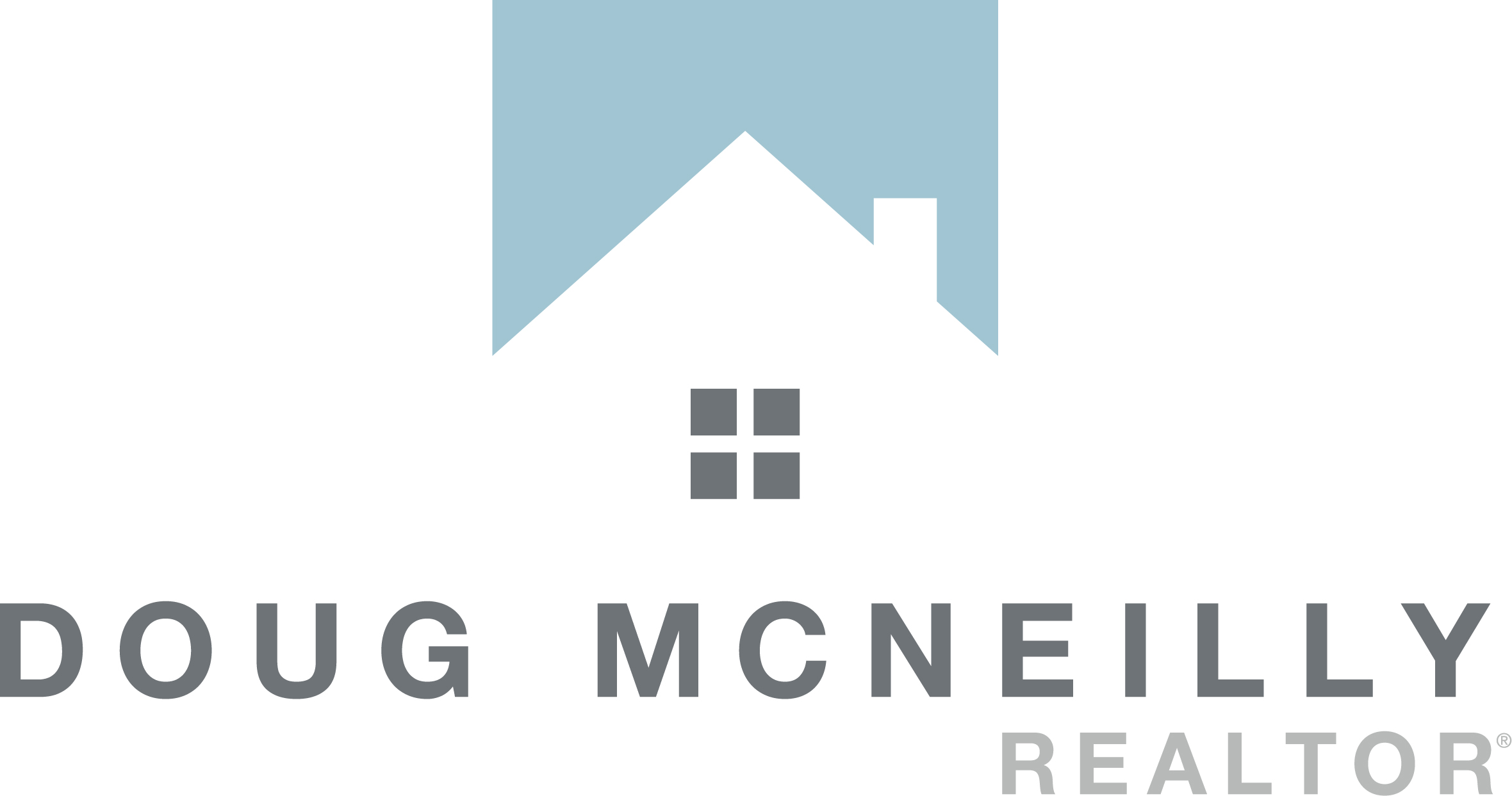Home prices have been on a tear the last 18+ months and even with the increase in interest rates over the last six months – almost two whole percentage points – from 3.5% to 5.5% has yet to take steam out of home price appreciation.
First, we need to place some definition around the term housing “bubble.” A bubble occurs in real estate when prices are inflated by artificial factors. In 2008, this was due to the huge increase in easy access to mortgages and the resulting risky loans – no documentation loans, 80/20 loans (where the borrower had no equity stake), inflated appraisals, etc. Those factors could not be maintained. The bubble burst with a resulting decline in home values.
The current market does have the appearance of a bubble, but several factors give support that we are not in a bubble. While the truth is that no one really knows exactly what will happen, we can pull apart the data, make some inferences, and determine what is most likely going to happen.
Tough Mortgage Lending Criteria – Getting pre-approved and getting the loan on the home you want is much tougher than in 2006-2008. Lenders ask for documentation on income and assets. Ideally, they want 700+ credit scores and a 36% debt to income ratio. Those standards did not exist or were ignored during the 2006-2008 timeframe. This time, people can afford the homes they are purchasing.
Interest-Only and Adjustable-Rate Mortgages – Interest only loans for the most part do not exist anymore and few adjustable-rate mortgages are being written compared to 2006-2008 timeframe. Adjustable-rate mortgages are starting to creep back in as rates have increased from 3.5% to 5.5% in the first six months of 2022, but unlike before, borrowers with adjustable-rate mortgages face more scrutiny since it was learned in the past if the rates increase, but the borrower’s income does not, and then surprise, the borrow can’t repay the loan and foreclosure may ensue. And, when half of all mortgages were written this way, and with no down payment the result of the 2006-2008 home crash is known.
Newer Generation of Homeowners – Yep, those millennials are ready to start buying their first homes and many have young families and desire the suburbs and good schools. They are in their peak family formation years. So, we have a huge new set of Buyers ready to step into homeownership and that will drive part of the demand going forward.
Work From Home – COVID forced companies into having to admit that work-from-home works and that to retain employees, employers need to be more flexible on work-from-home arrangements. And, with all this work from home, folks need more space and different types of spaces. Thus, this demand is real and likely not going to change.
Demand is High, Supply is Low – So, we have Economics 101 at play here. Lack of supply, high demand and the prices go up. In many areas of the country land is at a premium and major metro areas are fully built out (like the MetorWest Boston area I serve) so existing land/housing demands a high price. Building has not kept pace. The overbuilding that happened in past (which added to the 2008 downturn) has not occurred this time around. Plus, building now is constrained by labor shortages and the ongoing supply chain issues that creates additional factor. And, restrictive zoning laws have also diminished supply.
Right now, there is so much more demand that the other variables that can impact pricing such as rising inflation and rising interest rates have yet to really impact prices. So, while demand is down, it just isn’t enough that it could cause the housing market to crash.
The other part of the equation is supply (you can’t just look at demand alone). Until inventory returns to normal, there is no real way the housing market can crash. A normal (balanced) market has six months of inventory and 90 days on market. In my market, we are averaging two weeks of inventory and less than 10 days on market – that is a long way from a normal market. If we get to three months of inventory (which in the past was still a Seller’s market), it may feel like the bubble has burst, but only in the context of the last 18 months. A Seller getting 98% of list price after 21 days on market versus 125% of list price after 2 days on market is not a crash or the bubble bursting, it is a return to a more normal market. To get towards three to six months of inventory we would need inventory to double or triple all at once, that just isn’t likely to happen.
Strong Job Market – Jobs are plentiful at almost all skill and education levels. So, while wage increases have not kept pace with the increase in home values – which knocks some buyers out – it does not knock enough buyers out. The job market is strong and looks to remain strong for the foreseeable future.
Low Foreclosure Rates – With the tightening on lending standards and the fact that home buyers for the most part have decent down payments means that if the homeowner does get in a position that they can’t afford their home, they can sell and likely still walk away some money versus being underwater and facing foreclosure. And, mortgage delinquencies have been declining for seven quarters in a row. Plus, the forbearance program kept many foreclosures from being initiated. There are few still foreclosures happening but not the level seen in the 2006-2008 timeframe. Even tons of people defaulted all at once, the foreclosure process takes months, if not years, before that inventory hits the market.
All the factors above indicate we are not in bubble. Personally, I don’t see the market crashing (which can be defined as a price decline of 10% across the market). The most likely scenario is that house prices will start to stagnant a bit. That’s hardly a crash, but to Seller’s that have seen significant gains in the last 24 months it might feel like a crash, even more so if the initial price those Seller’s select is pushing the market and then those Seller’s need to reduce their price.
Now, the question of whether homes will continue to remain affordable is a totally different question and that is likely were we are headed and that for some home ownership may be out of reach. With interest rates increasing, price appreciation will start to slow, which may allow for wage increases to catch up and allow some buyers back into the market.
Doug McNeilly is a REALTOR® with Coldwell Banker Realty in Wayland, Massachusetts. He specializes in Wayland, Sudbury, Natick, Framingham and the Greater Boston Metro West Area. He can be reached at doug.mcneilly@nemoves.com or www.dougmcneillyhomes.com


 Facebook
Facebook
 X
X
 Pinterest
Pinterest
 Copy Link
Copy Link

